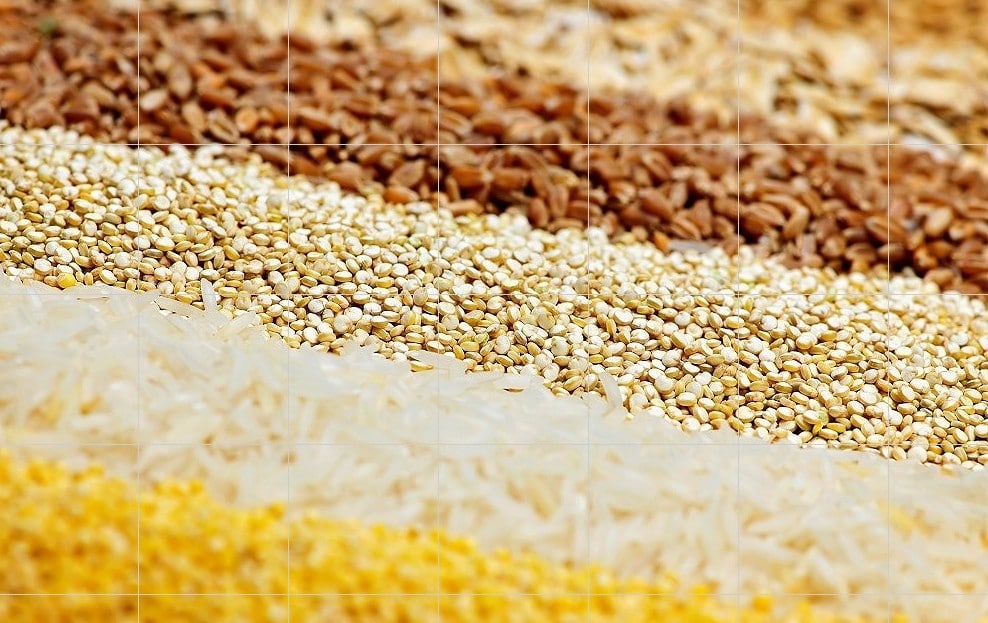In their Friday report, USDA noted that as of September 1 corn stocks were up 130 million bushels more than the average trade guess. Soybeans were 37 million bushels more and wheat stocks were 37 million bushels more than pre-report trade expectations. Those figures were negative news to an already pressured commodity market. Immediately following the release of the report, corn fell 7 cents and soybeans fell 10 cents.
“There’s more grain in the bin on September one than what the market expected,” explains AgriTalk host Chip Flory. “On soybeans, to get there [USDA] had to go back and adjust the 2017 soybean crop.”
USDA pushed the 2017 soybean crop up 19 million bushels, adding 0.2 bushels per acre. While they didn’t change planted or harvested acres they did revise yield because otherwise the report would have shown a huge negative residual use, something USDA tries to avoid, Flory explains.
What Will It Mean For Markets?
“Look at [these September 1 stocks] as the supply side cushion for the 2018-19 marketing year,” Flory explains. “Now we’re already harvesting that new crop supply, but we just added 130 million bushels of corn to total supplies. We just added 40 million bushels of soybeans to total supplies for the 2018-19 marketing year.”
While additional supply for soybeans is negative, adding 130 million bushels of corn can change some attitudes, Flory says.
“It makes it easier for us to get to a 2 billion bushel carry at the end of the 18-19 marketing year, so, they’re negative for the market there’s no question,” he says.
According to Flory, the market will continue to tell farmers to plant more corn acres and a few less soybean acres next year.
“I would love it if there had to be competition for those acres,” Flory says. “If corn actually had to bid to get those acres that it needs for 2019. Unfortunately, soybeans are just kind of standing off to the sideline and saying go ahead and have those acres now.”
Wheat could also see a resurgence of acres for next year’s growing season. Extremely poor soybean basis combined with improved seeding conditions will likely mean more wheat throughout the Northern plains, Flory says.
